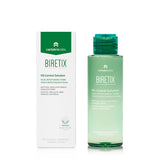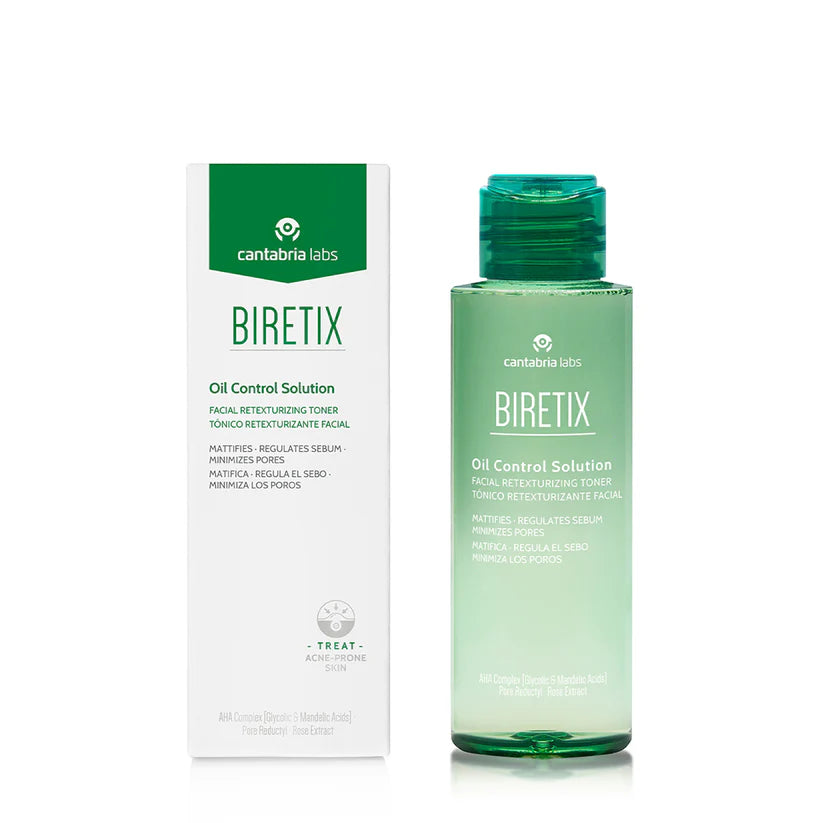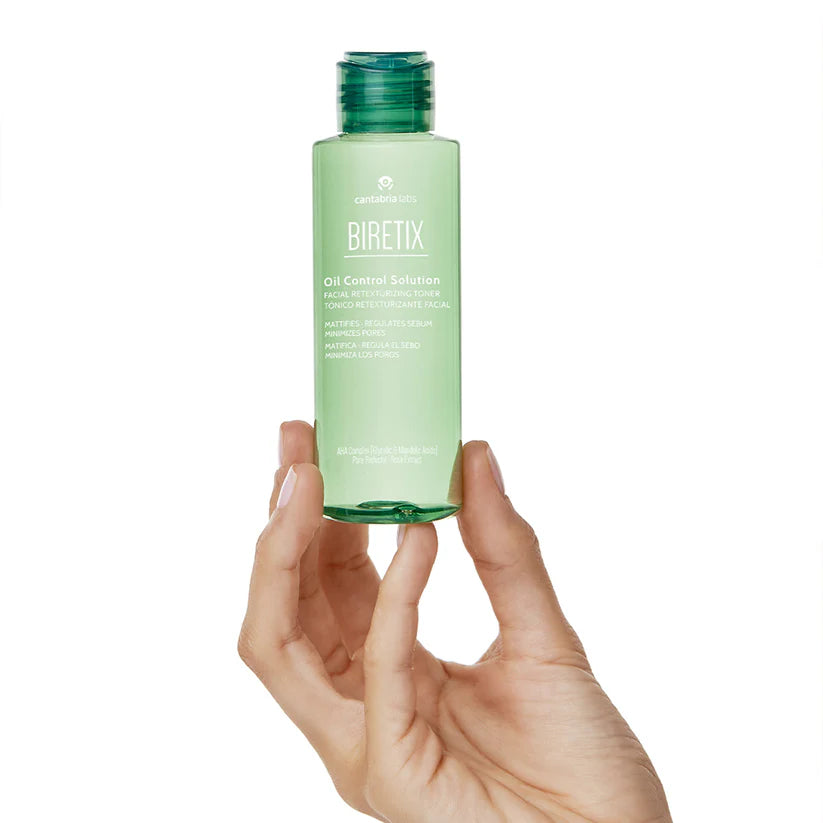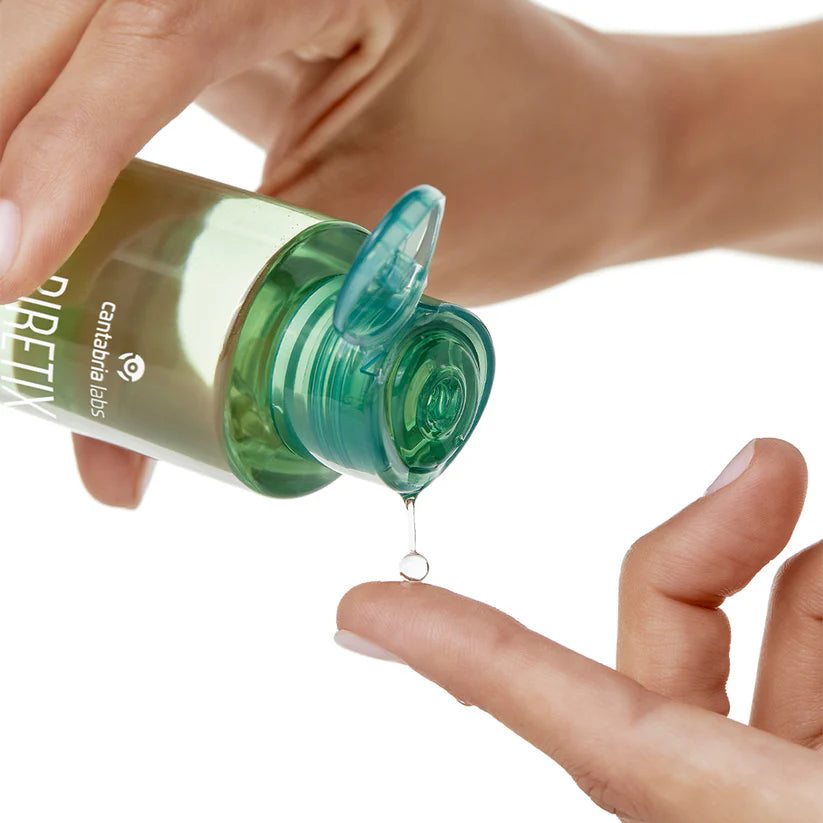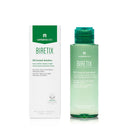Biretix
Biretix is a dermatologist-developed skincare line specifically formulated for oily, blemish-prone and acneic skin. Its unique RetinSphere® Technology blends two retinoid esters with innovative delivery systems to deliver the benefits of Vitamin A with minimal irritation. Complementary ingredients such as salicylic acid, glycolic acid and niacinamide help to unclog pores, reduce excess sebum and calm visible redness. Suitable for adolescent and adult breakouts alike, Biretix offers a full range of cleansers, serums, creams and targeted treatments to restore a clearer, smoother complexion. The brand’s evidence-based formulas make it a trusted choice for dermatologists and skin professionals around the world.











